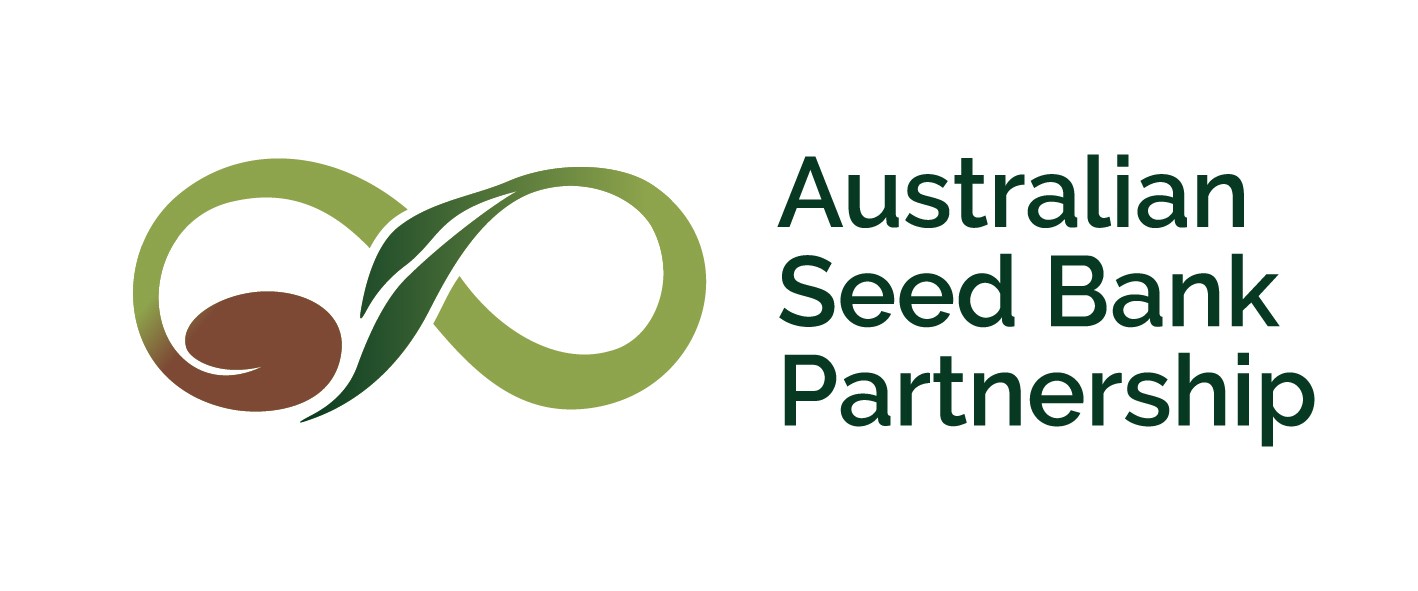Banking on seeds for bushfire recovery - Insuring against future loss
Grant awarded under Tranche 2 of the Australian Government’s Bushfire Recovery for Wildlife and Habitat Community Grants Program
The Australian Seed Bank Partnership received a grant through the Australian Government’s Wildlife and Habitat Bushfire Recovery Program to fund our ‘Banking on seeds for bushfire recovery’ project. The project aimed to limit the decline of 25 species from fire affected areas in the ACT, NSW, SA, Vic and WA. This aligns with our mission to conserve Australia’s native plant diversity through collaborative and sustainable seed collecting, banking, research and knowledge sharing.
The funding enabled the Partnership to provide a future-proof insurance policy for these Australia’s unique flora, securing them from future ecosystem threats. This is particularly important for fire affected areas as seed banking organisations have an important role to play in supporting ecological recovery by providing knowledge and advice, a source of banked seed to support reintroductions, and conservation and restoration research
This project included a comprehensive program of seed collection, propagation, reintroduction, germination trials and rapid flora assessments across areas impacted by the recent bushfires. For example, seedlings of priority species such as Callistemon kenmorrisonii and Callistemon forresterae were propagated for reintroduction to fire affected areas of eastern Victoria.
The project also focussed on the long‑term ex situ banking of native seed to improve representation and genetic diversity of collections in Australian seed banks. We collected material from previously non-banked species (including Westringia lucida) and to increase the genetic diversity of established collections (such as Stylidium tepperianum). We also duplicated collections to increase the size of seed collections of select species.

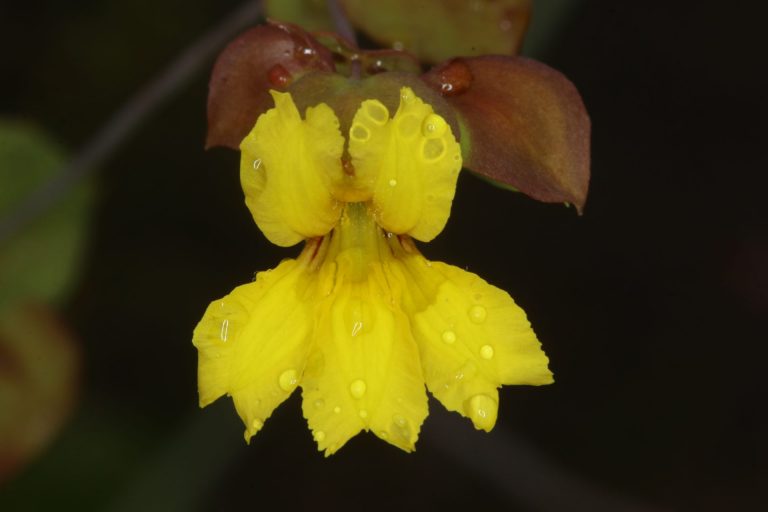
The Partnership also engaged with community volunteers to highlight the importance of bushfire recovery actions to improve Australia’s long-term capacity for conservation. In Western Australia for example, a seed production area was created at the Woodlupine Primary School. Seed collected from the school’s seed production area will be added to the conservation collections of the Western Australian Seed Centre for use in future species recovery work.
We would like to acknowledge the Department of Agriculture, Water and the Environment for continued investment in bushfire recovery.
Project Fact Sheets
Through this project, the Partnership undertook work on six high priority plant species that require urgent management intervention. The below fact sheets provide background information on these plant species, as well as the measures the Partnership has undertaken to conserve them.
Olearia flocktoniae
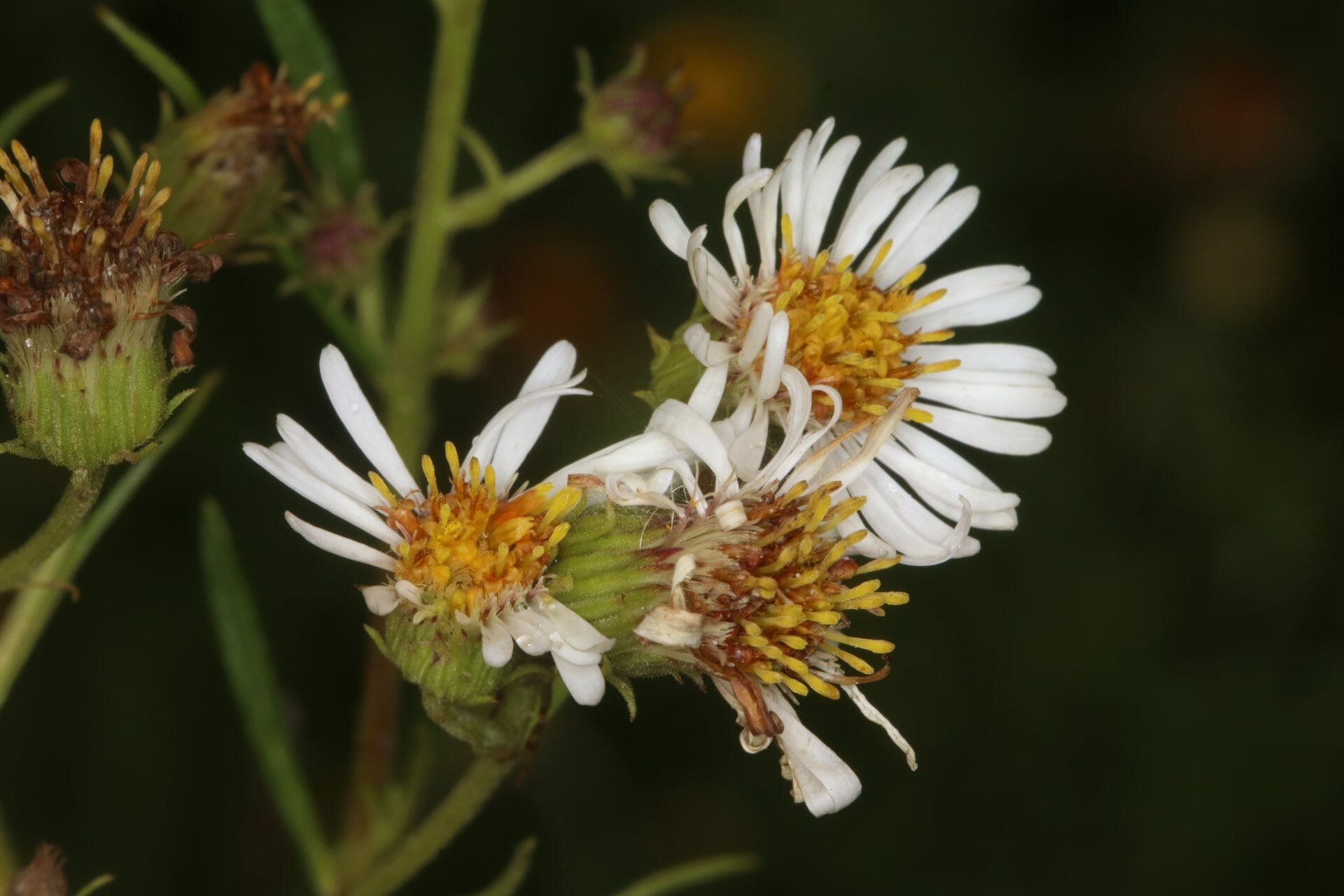
Callistemon forresterae
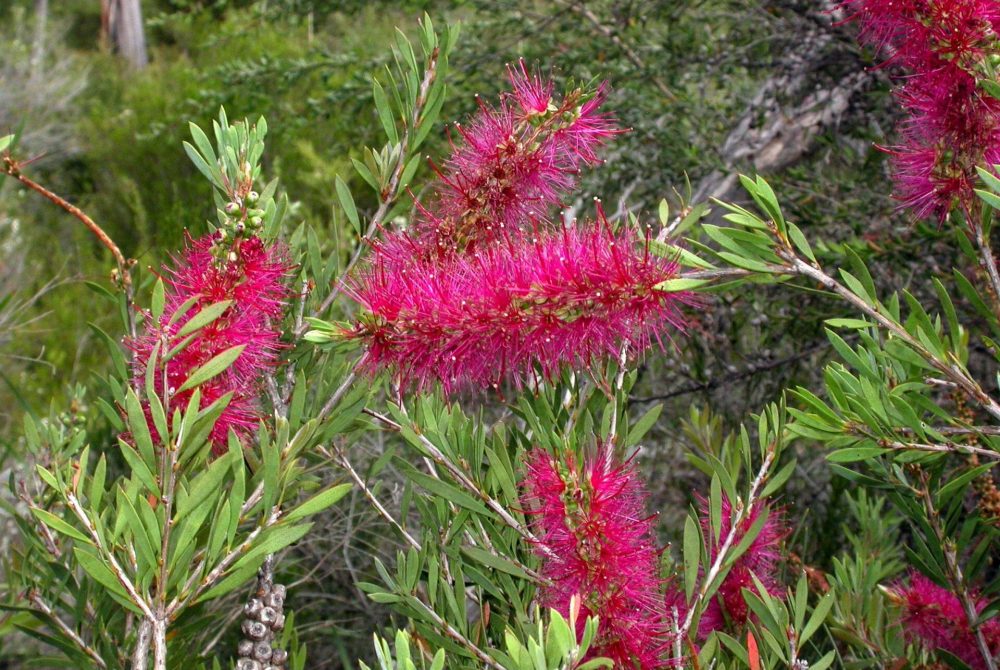
Stylidium tepperianum
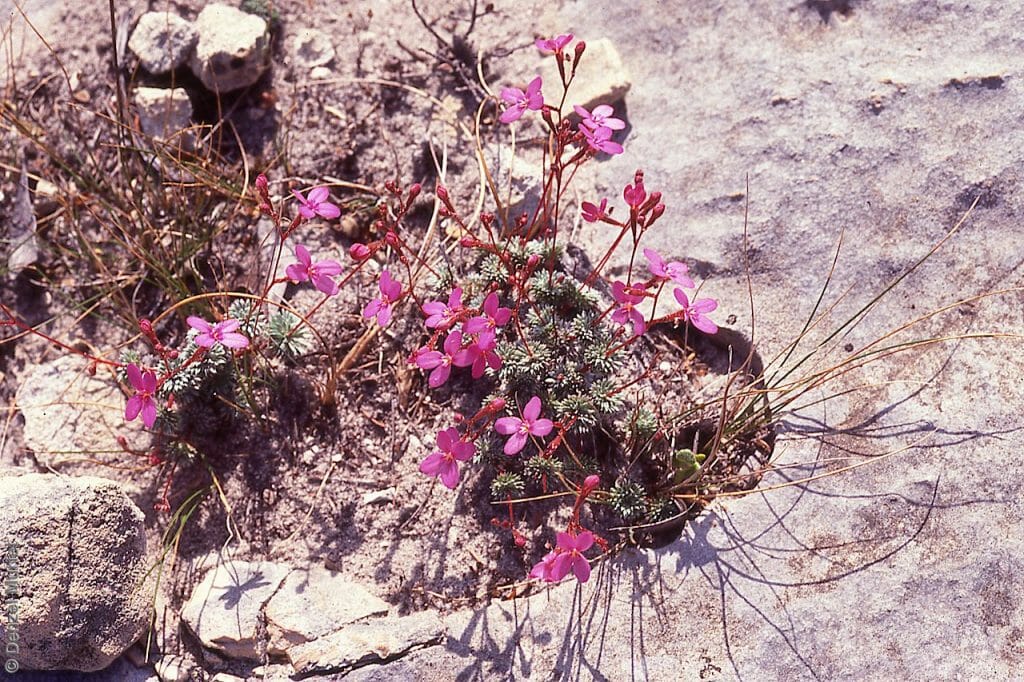
Darwinia squarrosa
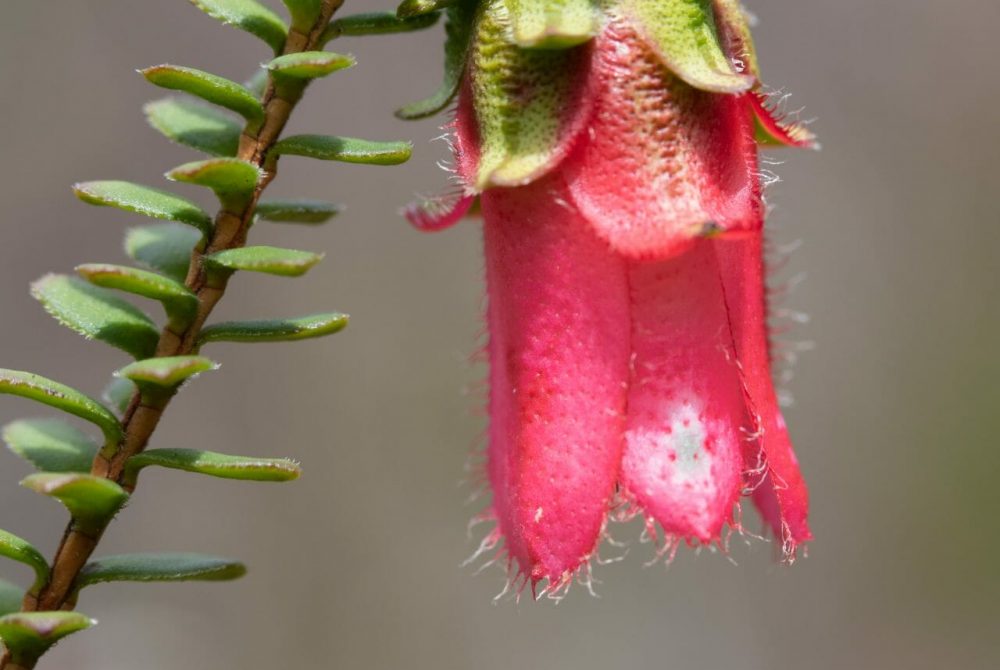
Westringia lucida
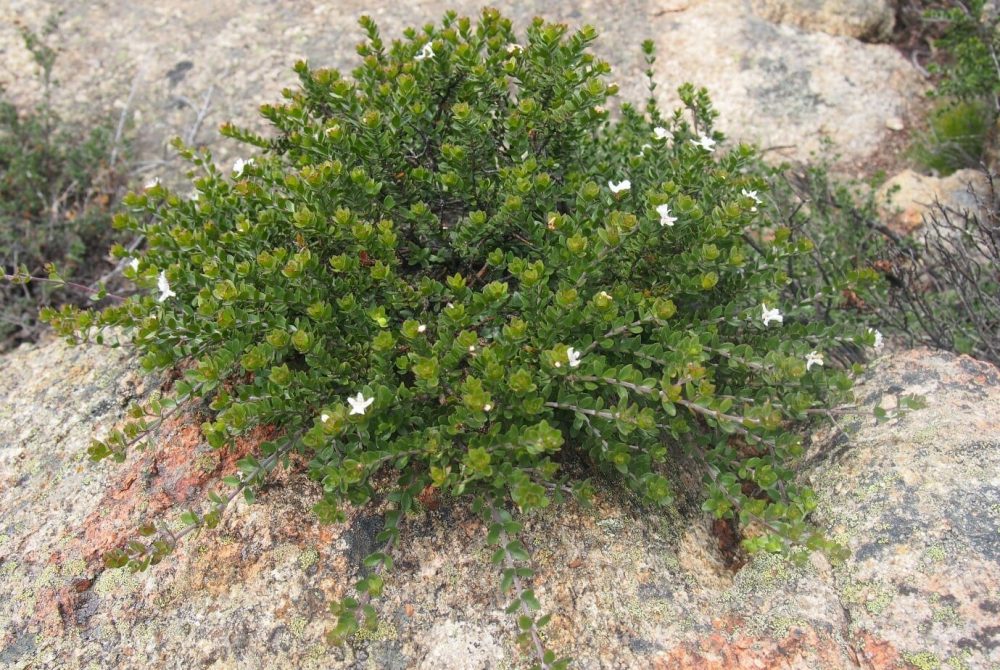
Velleia perfoliata
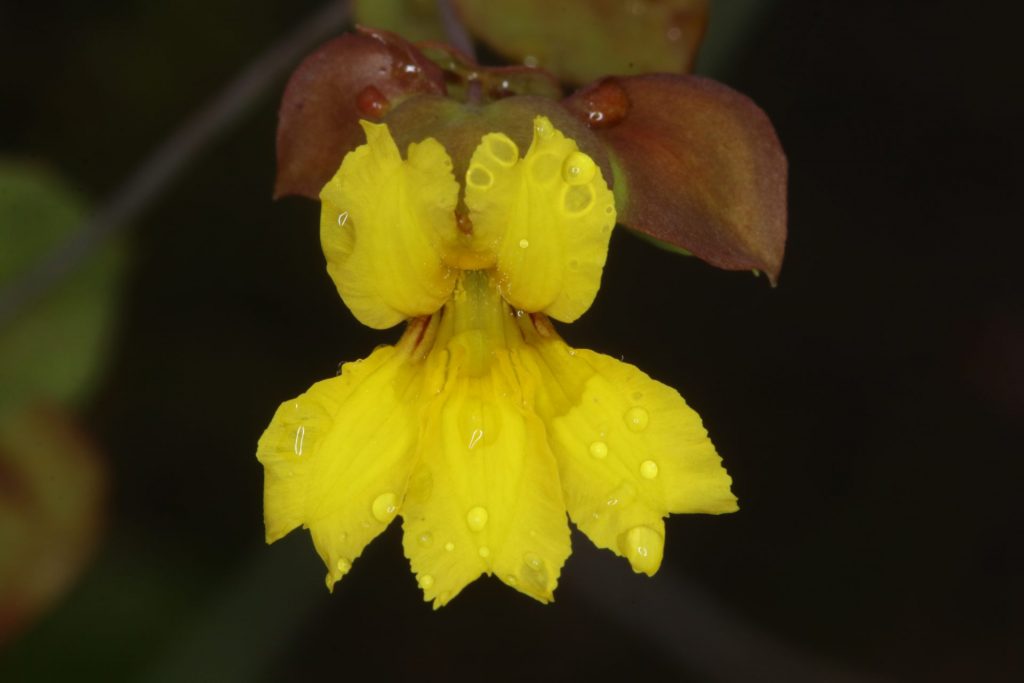
Project target species
For each project that we deliver, our Partners identify target species that they aim to collect. As with all environmental projects we sometimes have to adapt our plans as conditions change. When seed isn’t available for a target species, or when we need to let the seed replenish the soil seed bank, our agile Partners will identify other priority species that can be collected in place of our initial targets. The total number of species secured therefore remains the same, and the initial targets are then prioritised for collection in future years.
The following ASBP partners were involved in this project
Australian Network for Plant Conservation
The Australian PlantBank, The Australian Botanic Garden, Mt Annan, The Royal Botanic Gardens and Domain Trust
National Seed Bank, Australian National Botanic Gardens, Australian Capital Territory
South Australian Seed Conservation Centre, Botanic Gardens and State Herbarium, South Australia
The Victorian Conservation Seedbank, Royal Botanic Gardens Victoria
The Western Australian Seed Centre, Kensington, Department of Biodiversity, Conservation and Attractions
